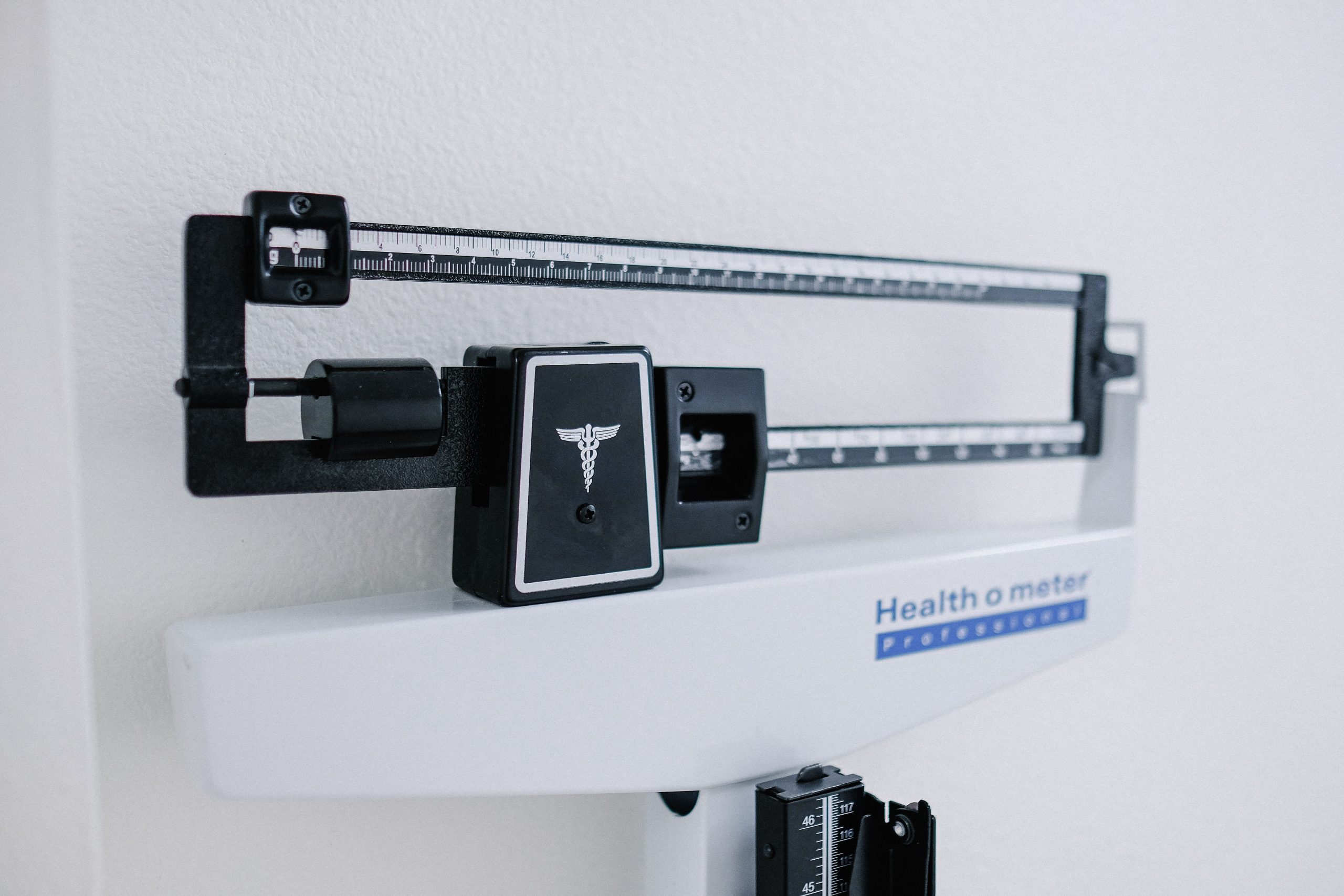There has been a constant rise in obesity among children in India who are under five years of age. This has pushed the number of overweight children in 33 states and union territories, according to the latest National Family Health Survey.
Experts attributed the increase in obesity to the lack of physical activity and unhealthy food habits. As per the survey, the number of overweight children increased from 2.1% in NFHS-4 to 3.4% in NFHS-5.
Not just children, obesity among women and men also increased. The percentage of overweight women rose from 20.6 to 24 while in men the number increased from 18.9% to 22.9%, according to the NFHS-5.
The NFHS-5 also stated that several states and union territories, including Maharashtra, Gujarat, Mizoram, Tripura, Lakshadweep, Jammu and Kashmir, Uttar Pradesh, Delhi, West Bengal, Andhra Pradesh, and Ladakh, have registered increase in the percentage of obesity among children below five years of age. This was in comparison to NFHS-4 conducted between 2015 and 2016.
Only Goa, Tamil Nadu, Dadra and Nagar Haveli, and Daman and Diu registered a drop in the number of overweight children under five years of age, the data showed.
According to the survey data, 30 states and union territories registered a rise in obesity among women while 33 states and UTs recorded an increase in obesity among men.
Men and women were counted as obese whose body mass index was found to be over or equal to 25.0 kg/m2 while children’s obesity was counted in terms of weight-for-height.
Healthcare experts have attributed the rise in obesity to unhealthy food choices and lack of physical activity among children and even adults.
Poonam Muttreja, Executive Director at the Population Foundation of India, said behind the trend of increasing obesity among Indian women, men and children over the past 15 years are rising incomes, poor dietary habits, and unhealthy life choices.
“Sustained economic growth over the past 15 years has led to a marked increase in people’s incomes. We know that obesity among Indians goes up as they become wealthier. In 2015-16, according to NFHS-4, the proportion of overweight or obese men was 5% among families in the lowest wealth quintile and 33% in the highest wealth quintile,” she said.







